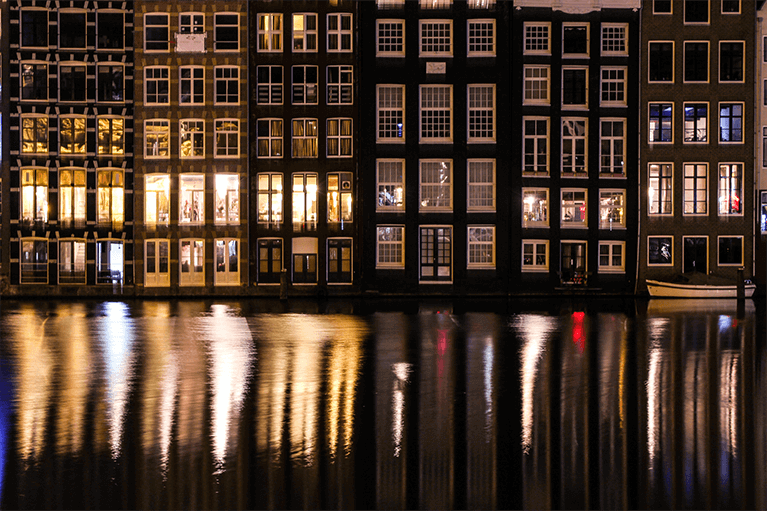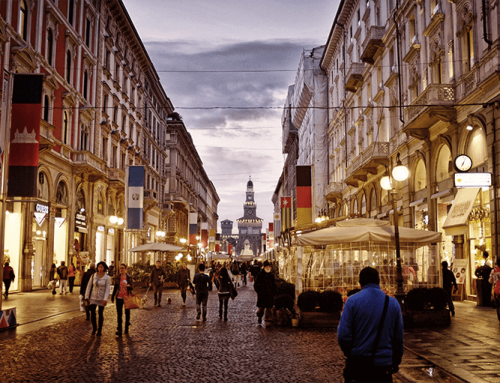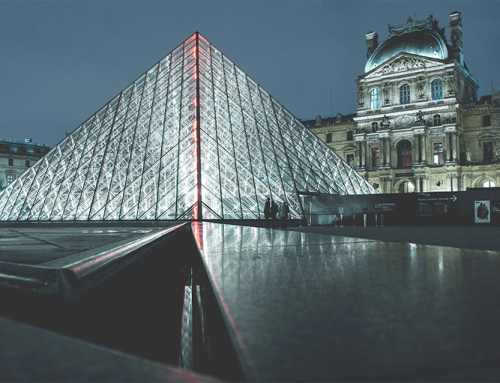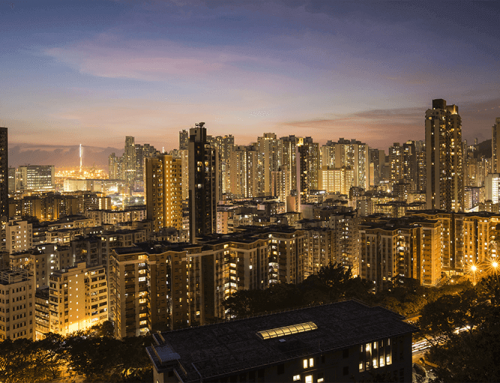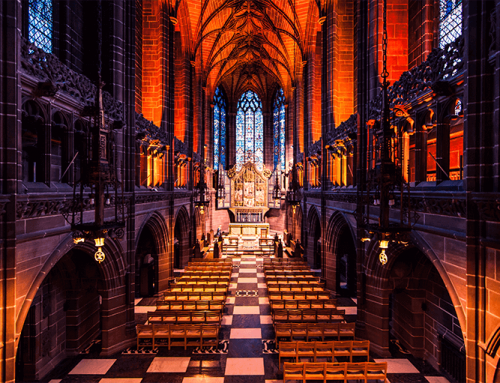In the realm of lighting, the debate between LED (Light Emitting Diode) bulbs and traditional incandescent bulbs has been ongoing. Both have illuminated our homes, offices, and streets for decades, but their differences extend far beyond just their appearance. As we navigate towards more energy-efficient and environmentally conscious lighting solutions, it’s crucial to understand the distinctions between these two technologies. In this article, we’ll shed light on the disparities between LED bulbs and traditional incandescent bulbs, exploring their characteristics, benefits, and drawbacks.
The Basics: How They Work
To comprehend the disparities between LED bulbs and incandescent bulbs, it’s essential to understand their fundamental principles of operation.
LED Bulbs:
LED bulbs generate light through the movement of electrons in a semiconductor material. When an electric current passes through the semiconductor, it stimulates the release of photons, producing visible light. Unlike incandescent bulbs, which rely on heating a filament to produce light, LEDs generate minimal heat, making them highly energy-efficient.
Traditional Incandescent Bulbs:
Incandescent bulbs produce light by passing an electric current through a tungsten filament enclosed in a glass bulb. The filament heats up to such a high temperature that it emits visible light. However, this process also generates a significant amount of heat, resulting in energy waste and reduced efficiency.
Energy Efficiency: A Bright Contrast
One of the most significant disparities between LED bulbs and incandescent bulbs lies in their energy efficiency.
LED Bulbs:
LED bulbs are renowned for their exceptional energy efficiency, consuming significantly less electricity than traditional incandescent bulbs to produce the same amount of light. They convert a higher percentage of energy into light, with minimal wasted energy in the form of heat. As a result, LED bulbs can help reduce electricity bills and lower overall energy consumption.
Traditional Incandescent Bulbs:
In contrast, traditional incandescent bulbs are notorious for their poor energy efficiency. The majority of the energy they consume is converted into heat rather than light, making them highly inefficient. This inefficiency not only contributes to higher electricity costs but also increases the environmental impact associated with energy production.
Lifespan: Longevity vs. Limited Lifespan
Another critical factor to consider when comparing LED bulbs and incandescent bulbs is their lifespan.
LED Bulbs:
LED bulbs are renowned for their exceptional longevity, with an average lifespan ranging from 15,000 to 50,000 hours or more, depending on the quality of the product and usage conditions. This extended lifespan far surpasses that of traditional incandescent bulbs, making LED bulbs a cost-effective long-term lighting solution.
Traditional Incandescent Bulbs:
In contrast, traditional incandescent bulbs have a significantly shorter lifespan, typically lasting around 1,000 to 2,000 hours on average. The frequent need for replacement can result in higher maintenance costs and inconvenience for users.
Environmental Impact: Eco-Friendly Illumination
In an era where environmental sustainability is a top priority, the environmental impact of lighting technologies is a crucial consideration.
LED Bulbs:
LED bulbs are inherently more environmentally friendly than traditional incandescent bulbs. Their energy efficiency reduces greenhouse gas emissions associated with electricity generation, contributing to lower carbon footprints. Additionally, LED bulbs contain no hazardous materials such as mercury, making them safer to handle and dispose of at the end of their lifespan.
Traditional Incandescent Bulbs:
Traditional incandescent bulbs pose environmental concerns due to their poor energy efficiency and use of hazardous materials. The energy wasted in the form of heat contributes to increased greenhouse gas emissions, while the presence of mercury in some bulbs poses risks to human health and the environment if improperly disposed of.
Conclusion: Choosing the Right Lighting Solution
In conclusion, the disparities between LED bulbs and traditional incandescent bulbs highlight the importance of choosing the right lighting solution for your needs. While incandescent bulbs have been a staple in lighting for decades, their inefficiency and environmental impact make them increasingly obsolete in today’s energy-conscious world. LED bulbs, with their exceptional energy efficiency, longevity, and eco-friendly attributes, offer a compelling alternative that aligns with the goals of sustainability and cost-effectiveness. By understanding the differences between these two technologies, consumers can make informed decisions that not only illuminate their spaces but also contribute to a brighter, greener future.

